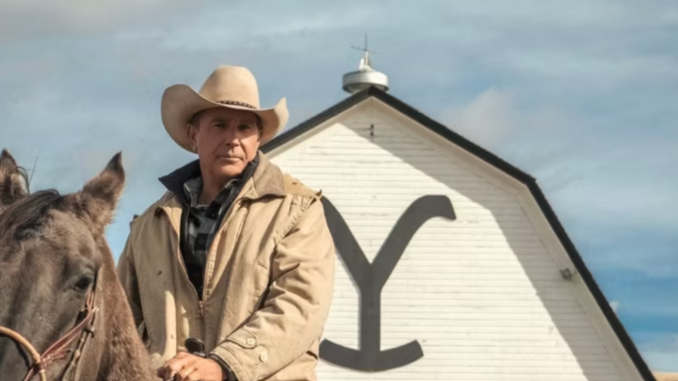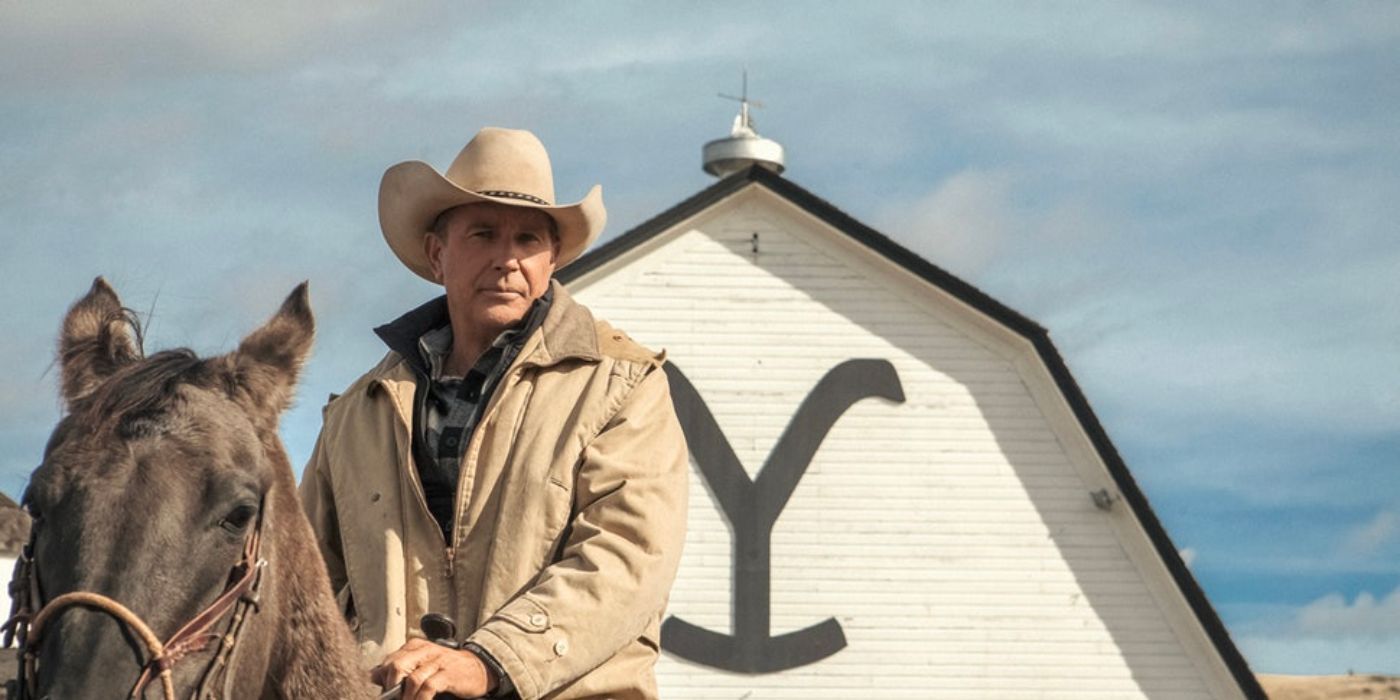
The Dutton Family Ranch of Yellowstone Is Mostly Real
The most real part of Yellowstone is the Dutton family ranch. While not one to jump in front of a microphone or camera often, creator Taylor Sheridan has talked about spending a lot of time on the ranch as a child, a ranch his mother bought in Cranfills Gap, Texas, so her children could learn to connect with nature. Sheridan grew up on the ranch and spent weekends in his teenage years herding horses and riding horses. The authenticity of Yellowstone’s ranch life comes from Sheridan’s own experience.
That’s evident in the little details of the show. In an interview with Variety, rancher Jessie Jarvis explained that some things about Yellowstone are accurate, even the clothing brands they wear: Kimes Ranch Clothing and Greeley Hat and American Hat are all real brands that the ranchers trust. The horseback riding is also very similar to real life. When you watch Yellowstone, you may notice scenes where the rider in the background will lead the horse up steps in the arena; those steps are called horseback riding, and they are all performed by real riders, not actors.
Some of Yellowstone’s biggest struggles are real
Yellowstone is not a show without drama, both internal and external to the Dutton family. In the same interview, Jarvis mentioned that the Dutton family’s struggles are so accurate to real life that she sometimes finds it hard to watch because she can’t escape the problems of her own ranching life while watching the show. Central to that, and a theme that has been around since long before Yellowstone made it a reality, is land loss and encroachment. Populations are growing and moving, and it’s getting harder for ranching families to keep their large tracts of land intact.

The COVID-19 pandemic has only exacerbated that struggle. As countless articles and news reports have explored throughout the pandemic, many people, especially young people, have left city life for quieter mountain towns and rural escapes. Sometimes that’s good for the town, as it sometimes injects more money and more businesses into struggling locations. But sometimes it’s led to conflict between ranchers and land developers as the former fight to keep their land from the latter. The balance between resource development and land is a difficult one to strike, and ranches and farms across the country are finding themselves on the losing end of that fight. Interestingly, there’s an argument that Yellowstone’s success is accelerating that land loss. As the podcast Outside/In explores, there’s anecdotal evidence (and perhaps some data-backed evidence) that the show’s depiction of the American West is luring wealthy entrepreneurs and others to move to Montana in hopes of living out their rugged rancher fantasies. Since 2018, when Yellowstone first aired, home and real estate prices across the state have doubled. While that may be coincidental, it’s not the first time a hugely successful TV show or movie has sparked a tourism boom or transformed an entire demographic—just look at what happened to New Zealand after Lord of the Rings hit theaters, or Dubrovnik, Croatia after Game of Thrones.
